Never Forgotten
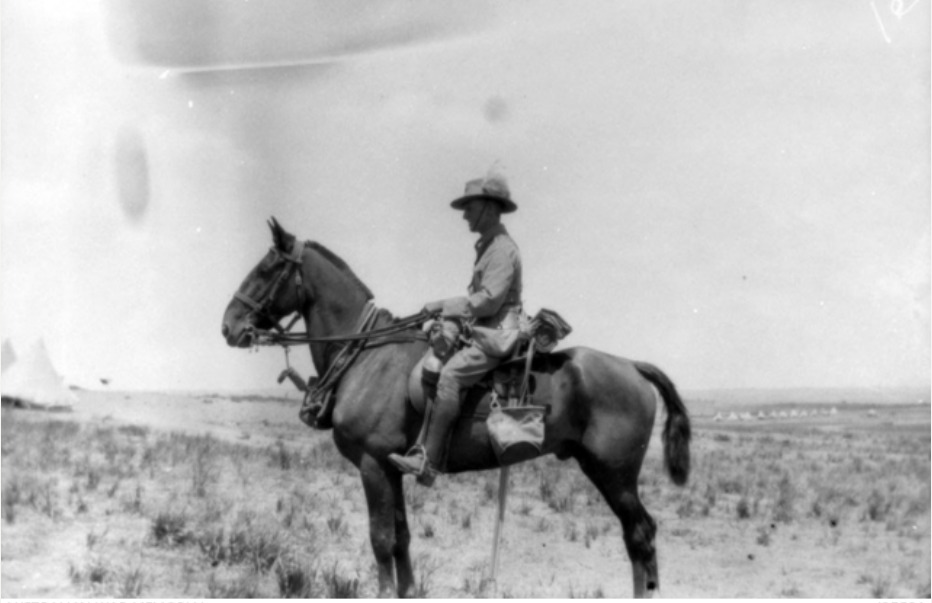
Compiled from Waler Data Base @ Facebook in 2024: Image: Captain J. D. Cramb, 14th Australian light Horse Regiment, mounted on his horse ‘Ginger.’ 1918 – 08. Surafend, Palestine, AWM.
We have been gratefully enjoying the many personal photographs and stories sent in to our Facebook page and love to take the opportunity to record and share them, especially at times of Remembrance, as a practical way of ensuring that these men and horses will never be forgotten.
Photo below sent in by Lorraine Micke: “My grandfather Sam Boon, several other uncles and family friends from NSW and Victoria border and high country regions were in the 5th and 8th light horse that charged the Bathsheba wells and rode into Jerusalem in the 1st W.W. They were always outstanding horsemen who really related to their horses. I learnt a lot from them growing up. They were always quiet, unassuming men and only occaisionally said anything about their experiences. You only picked up bits randomly over the years. It was only as an adult you put it together with what you heard or read from others that you realised what an unusual and outstanding accomplishment it was and what they had been through. This picture had been in the Border Morning Mail and reproduced in Des Martins book Australia Astride of which I have a signed and dedicated copy by him.”
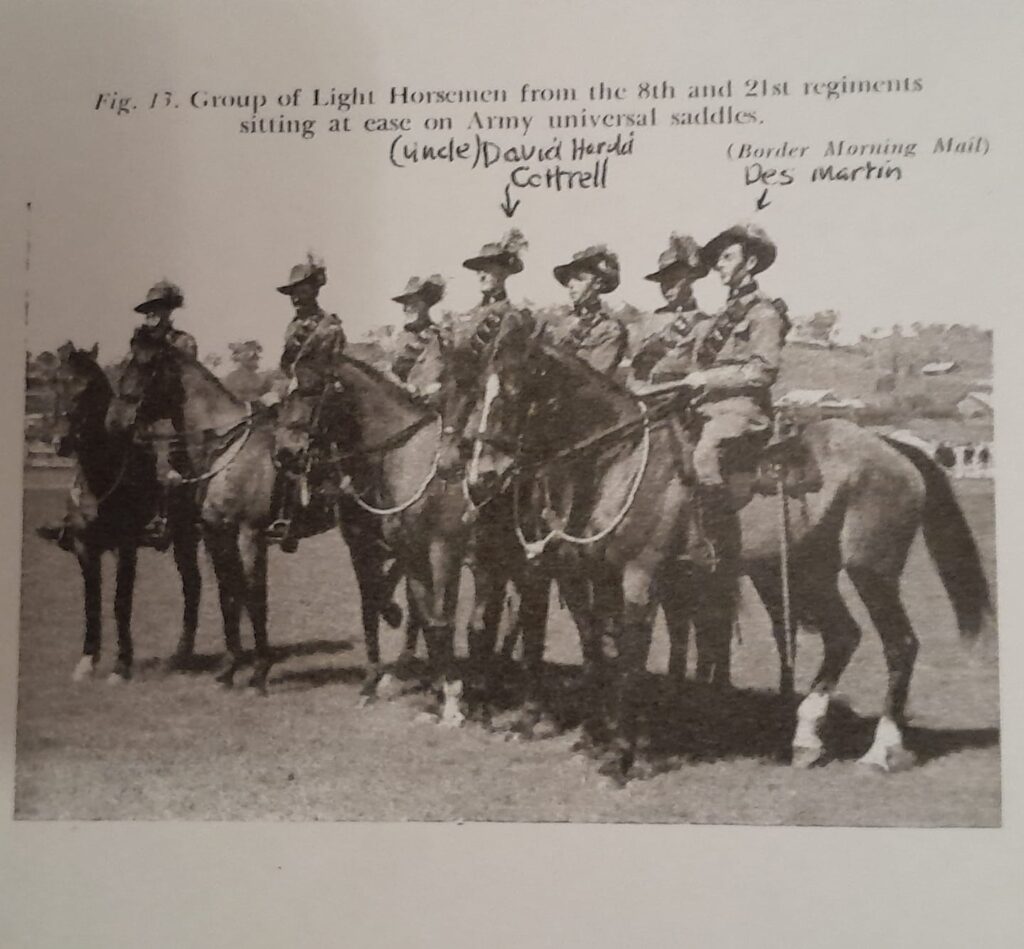
Our post featuring the photo by George Hamilton Wilson (which is included below) inspired Bruce James to send us these two lovely photos of the 7th Light Horse, in which his Grandfather Dave James from Medowie served.
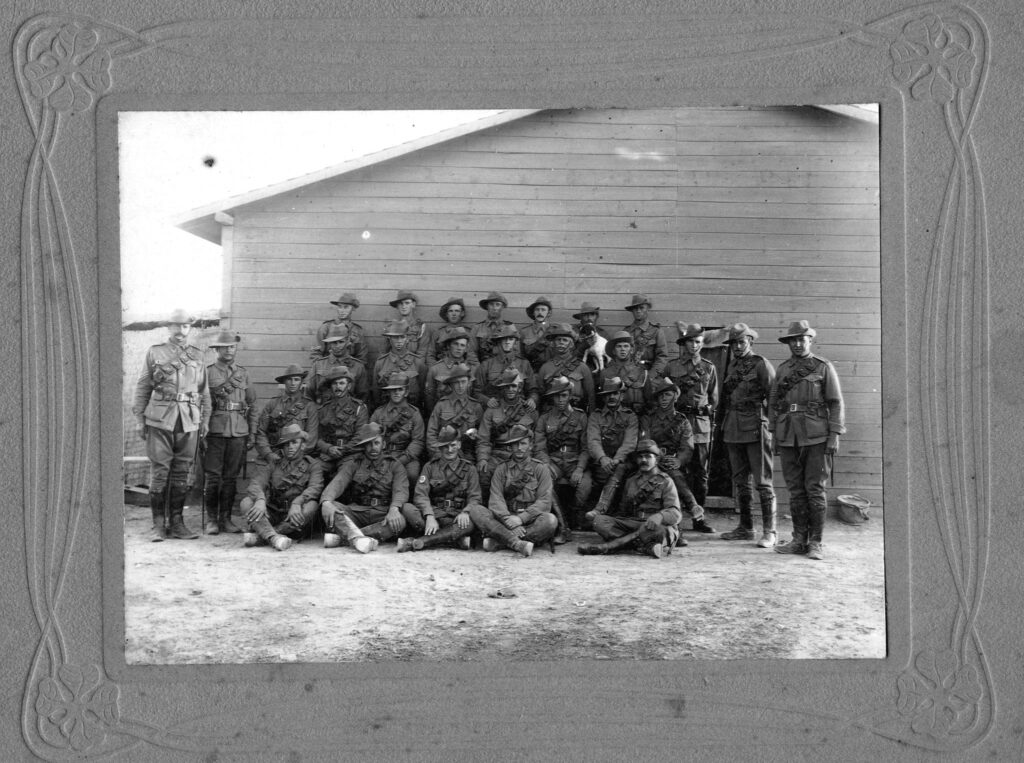
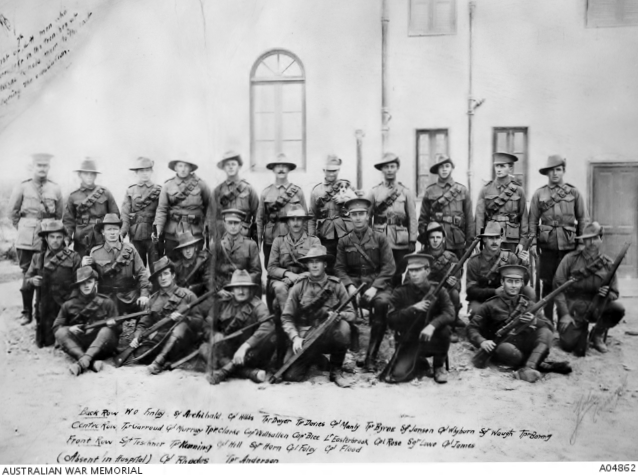
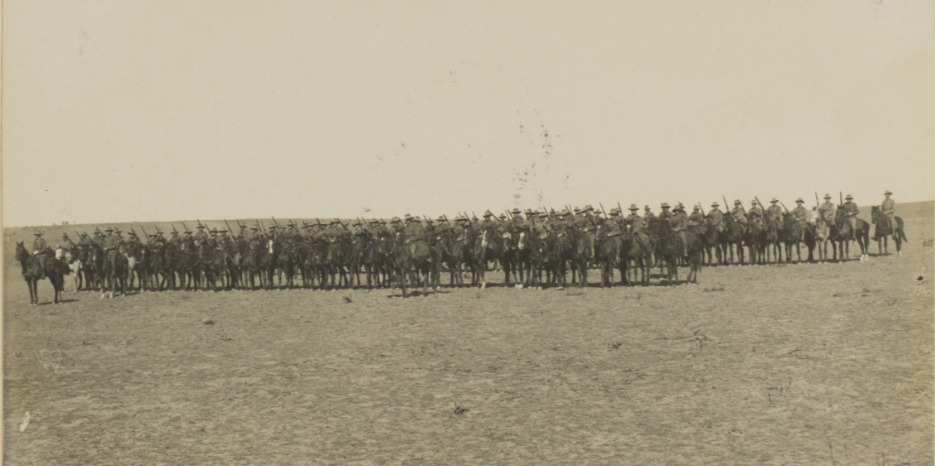
The photo above is from a photo album by George Milson, taken at the war; it’s on page 23 of 41 pages, four photos per page. As Egypt is listed as a place the group photos were taken, it may have been taken there, however it may have been elsewhere such as Palestine as they spent a lot of time there too.
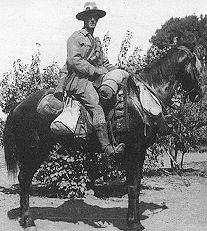
George Hamilton Milson joined up in 1915. His cousins, brothers Doug (Alfred Douglas) and Innes Vivian Milson joined up in 1914. The brothers rode from their station Springvale in Qld to enlist, taking three horses with them – one each and a spare for the Light Horse. Presumably they rode for 5 or 6 days to Longreach, then entrained to Rockhampton to go to Enoggera by steamer. This is how they got to and from boarding school in Sydney. They joined the 5th Light Horse, George joined the 7th. Photo ALHA website.
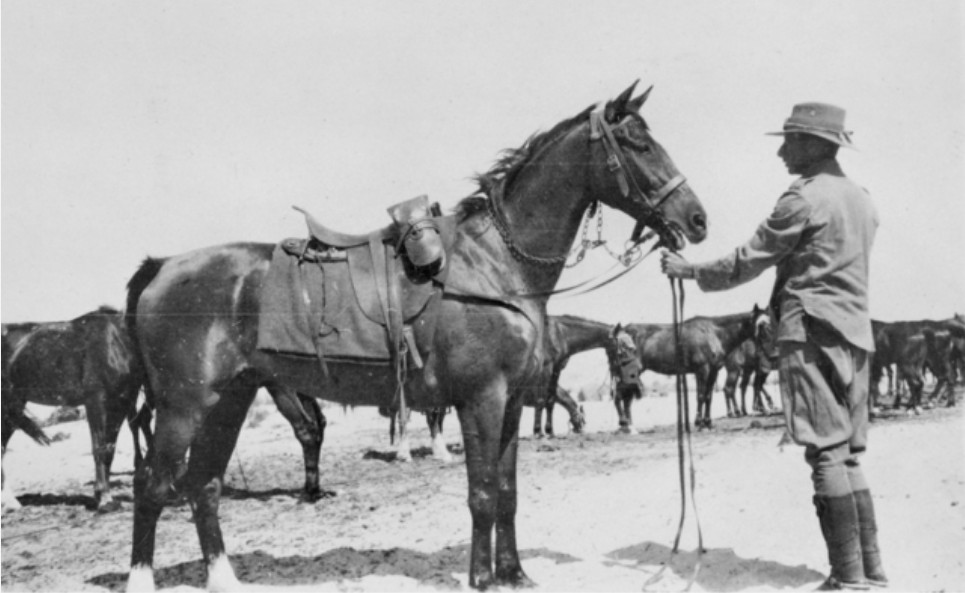
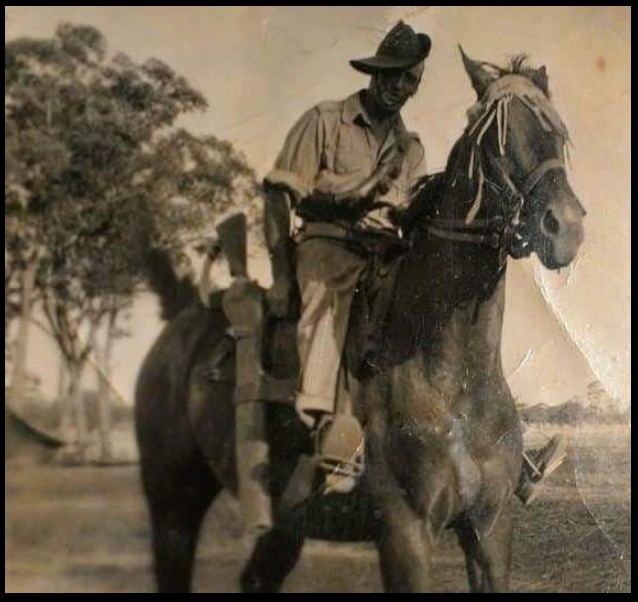
Fabulous photo sent in by Sharyn Abbott, of her grandfather, John Thomas Wallis!
John was from Ipswich, Queensland, he joined up in WW1 in February 1916. In March 1918 he was gassed in France and sent to Horton Hospital in Epsom, England to recover. He made it through the war and came home, later moving to Sydney. He served with the 13th machine gun company. Looks like a photo taken later in the war when rifle buckets were issued.
Thank you so much, an honour indeed to see these wonderful family photos.
Great photo sent in by Rodney Kluver of his Dad, who was in the Nanango Light Horse (the 2/14 Moreton Light Horse Regiment QMI). And only 18 years old! They were jumping in threes or fours and his horse fell as it landed, you can see its head turned back, under his Dad.
Both horse and rider were OK. A very timely photo taken in Queensland at Enoggera; greater Brisbane area by a Courier Mail (or Telegraph) photographer! There were many shows and events where the Light Horse showed their skills, particularly in 1939 when this photo was taken.
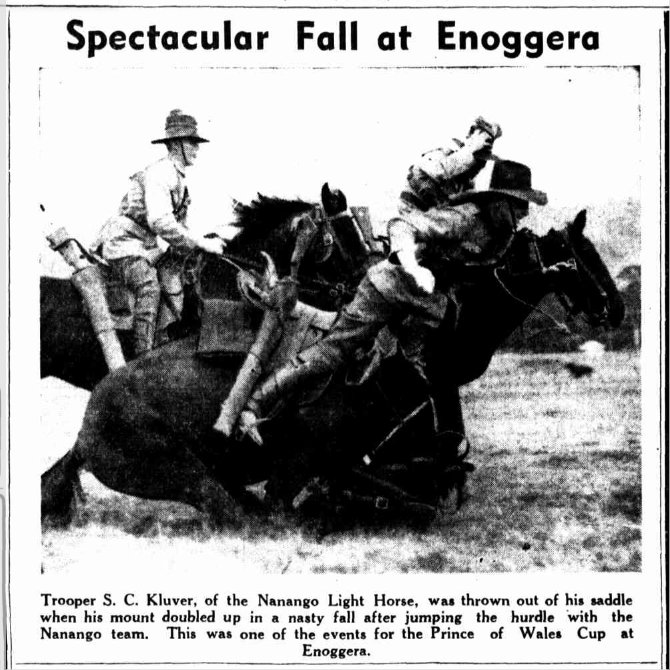
Thank you Rodney; an excellent look at the sort of training our Light Horse got, and the dangers, to prepare them for war conditions.
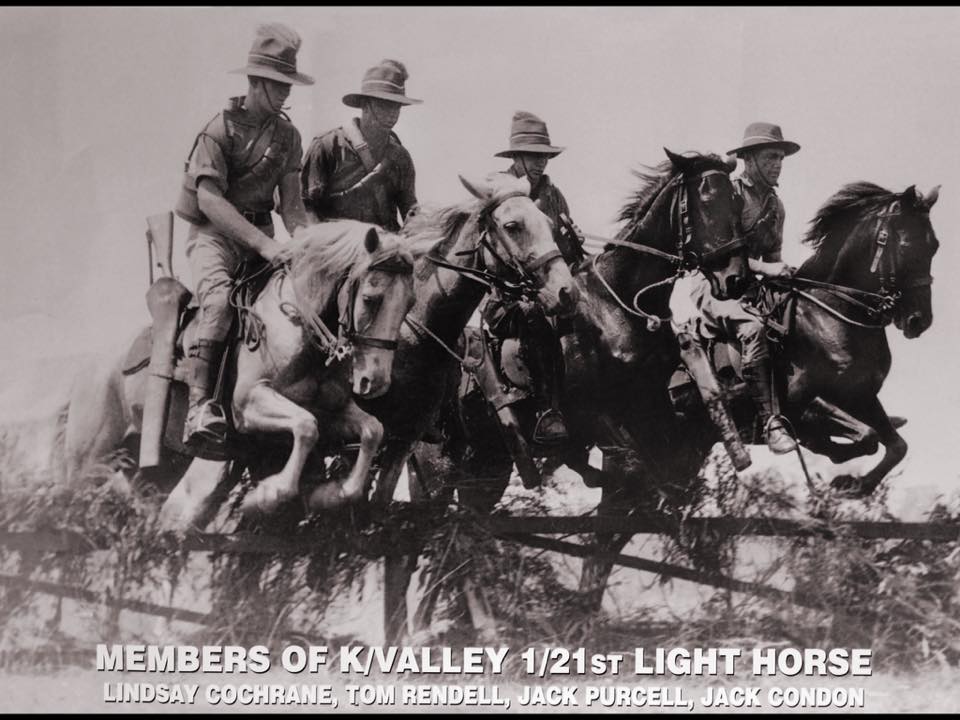
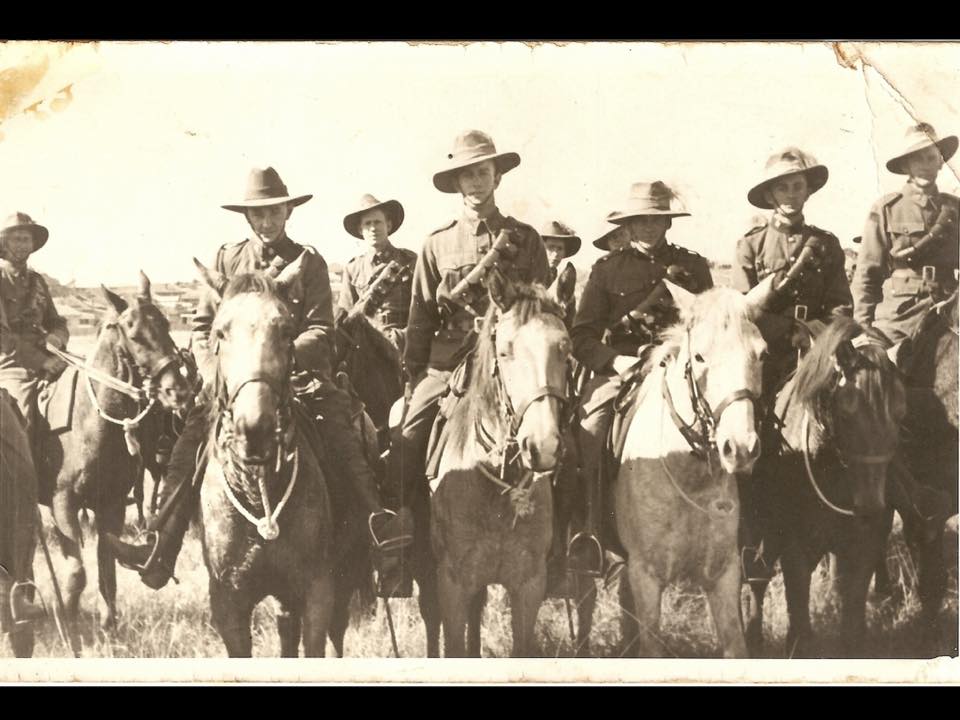
A couple of terrific photos sent in by Geoff Cochrane – taken at the beginning of WW2, members of the Kangaroo Valley 1/21st Light Horse, New South Wales. His Dad and uncle in the photos, on horses they bred.
‘That is my uncle closest. My family had Creamys with dark mane and tails for about 80 years but ran out now unfortunately. No wonder the Turks described them as “ Madmen on Horses” !!! This photo was in the early part of the 2nd war. My dad is centre front of this next photo.’
Many thanks, fab to see these wonderful family photos – and in this case a bonus of seeing some different army horse colours than usual, good one. When a person supplied their own horse the army became colour blind, in most cases! Lovely horses indeed!
In WW2 the horses did not leave Australia, although at the time of training etc no-one knew that would be the army’s decision.
Creamy was the old-fashioned term for a single dilute. Now that genetics are researched, there are umpteen names to accurately describe these colours. However when referring to the past, creamy is nice and simple and we know it’s basically a palomino, buckskin or dun.
Such a wonderful photo sent in by Trish Woodyard, of her grandfather who was in the 8th Light Horse.
No further details supplied, but we would love to know his name!
And we would also love to know the name of his horse, most often not captioned with photographs which seems a sad omission given the contribution they made.
We have been collecting known horse names from WW1 to acknowledge their service.
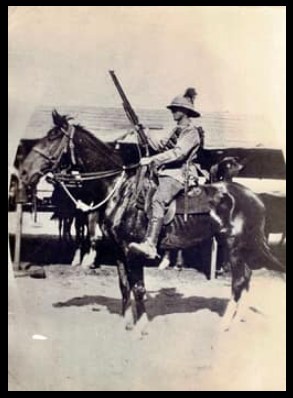
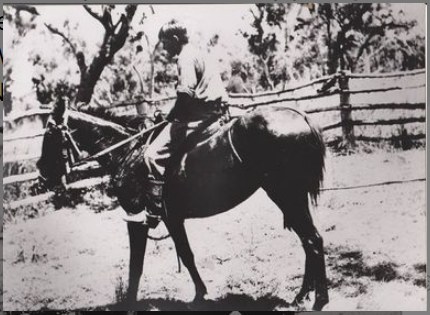
A great sequence of photos sent in by Fran Cook Kinnear.
Her Dad breaking in horses for WW1 in 1916. He was “a very young teenager” himself.
Location may be Canowindra NSW area or Julia Creek Qld area. The photos were taken by her Dad’s brother.
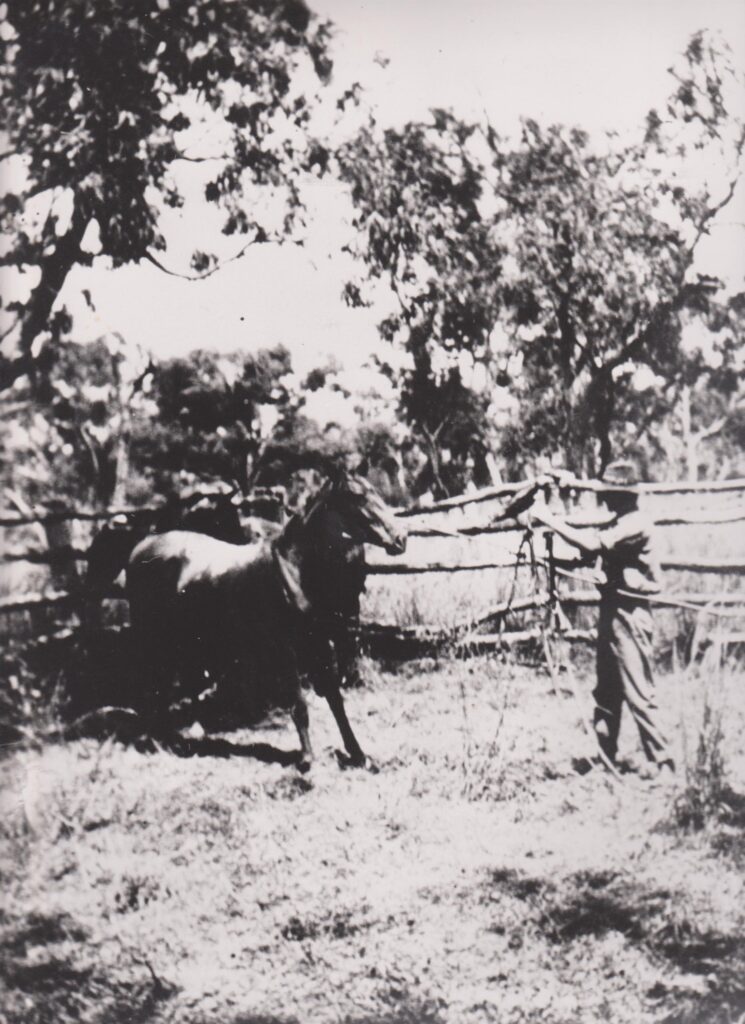
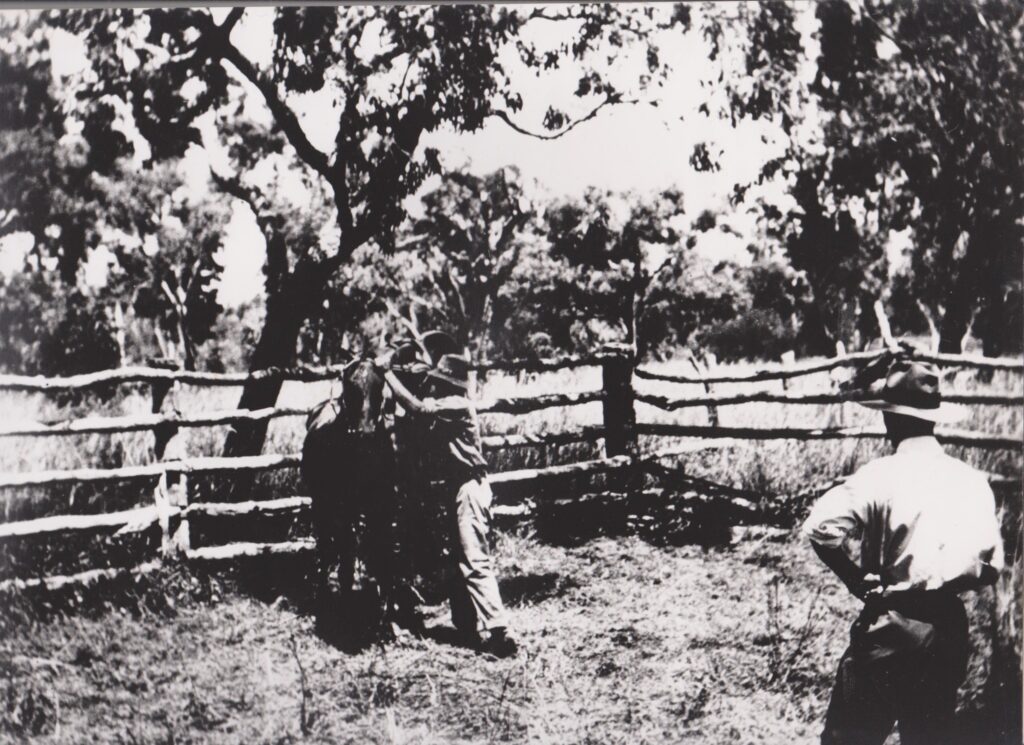
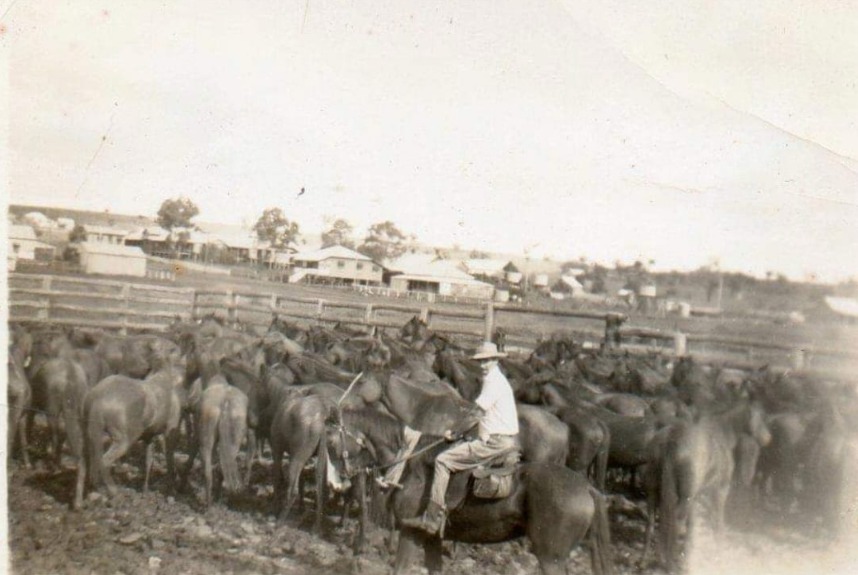
Private photo shared by Shirley Everingham: “This is my Dad, Hughie Byrne, from Allora Qld. He & a couple of other men broke in horses at Emerald Qld for sale to India. This was after he came back from active service at Milne Bay PNG. I don’t know what breed they were. Maybe others would have more information. Dad started racehorses & rode trackwork at Clifford Park Toowoomba into his late 60’s. I remember my dad talking about taking mobs of horses from Warwick to Toowoomba for the sales.”
They look good sorts indeed, and a great horseman! Hughie was also a top buckjumper, winning at rodeos, and helping with the Warwick Rodeo and more. Tremendous to see the horse trade still being carried on professionally even after the British army in India officially stopped buying in 1938. I (Janet Lane) know some army people from India came to Darwin in the 1980’s looking for Walers (that type) but weren’t able to find any. However, there were some on some stations, by then brumbies – if only there had been a trader or stock agent able to get some like in the busy horse trade days.
James Harold Gleeson of the 4th LH and his horse Tommy.
Pat Gleeson private collection.
Beautiful photos sent in by Pat, of his Grandfather, James Harold Gleeson of the 12th Light Horse, and his horse Tommy.
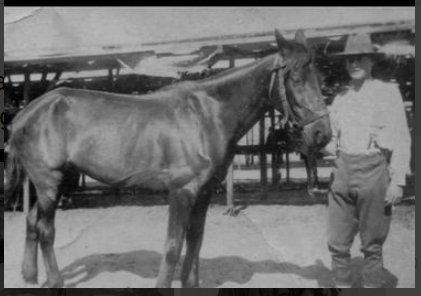
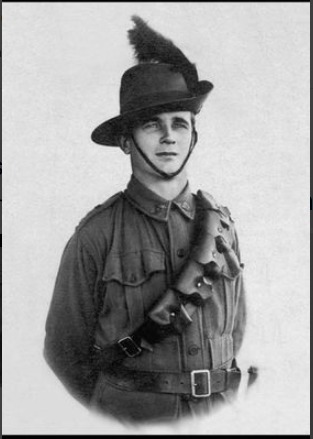
James was on Gallipoli where he was shot in the leg, he was put on a hospital ship and taken to Malta to recover. Soon as he could, he re-joined his regiment – in time for the long desert march and the Battle of Beersheba.
James and Tommy were in the big charge with the 4th Light Horse Brigade – the 4th made of several regiments two of which, the 4th and the 12th, were in the final charge; James noted in his diary after the charge that the horses got a good drink once the town was taken.
Thank you so much Pat, always such a privilege to see private photos of our incredible men and horses of history.
Thank you to Mark Boxsell for sending in this wonderful photo of his uncle Len Boxsell, driver with the 7th Field Ambulance. Photo taken in Egypt.
They had a long tough war serving in Egypt, Gallipoli, France and Belgium.
Found Leonard Richard Boxsell online in the Virtual War Memorial – he survived the war and lived to the great age of 92!
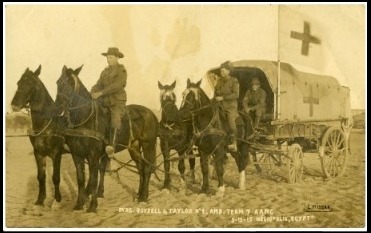
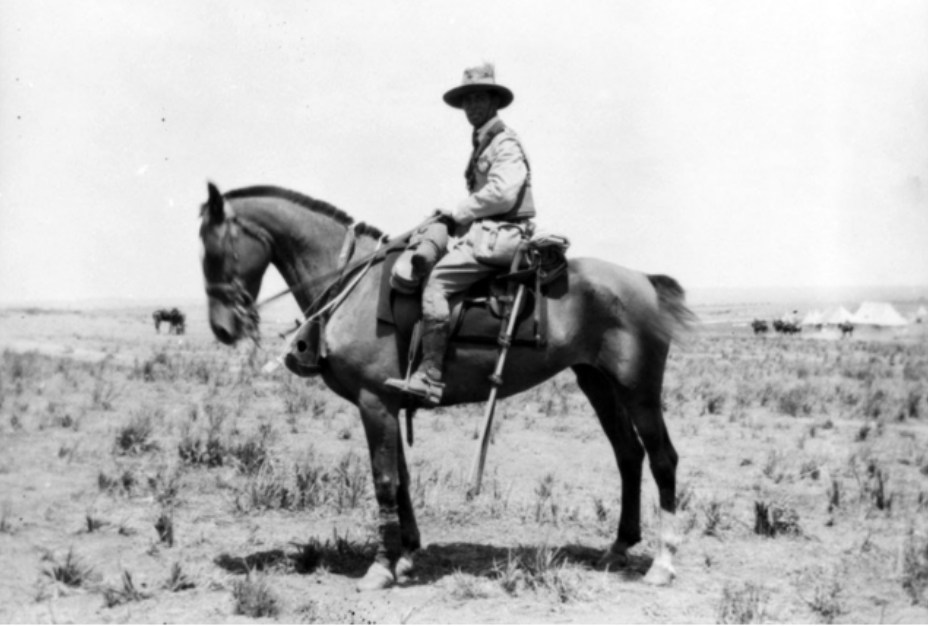
Image: Captain J. D. Cramb, 14th Australian light Horse Regiment, mounted on his horse ‘Lady.’ 1918 – 08. Surafend, Palestine, AWM.